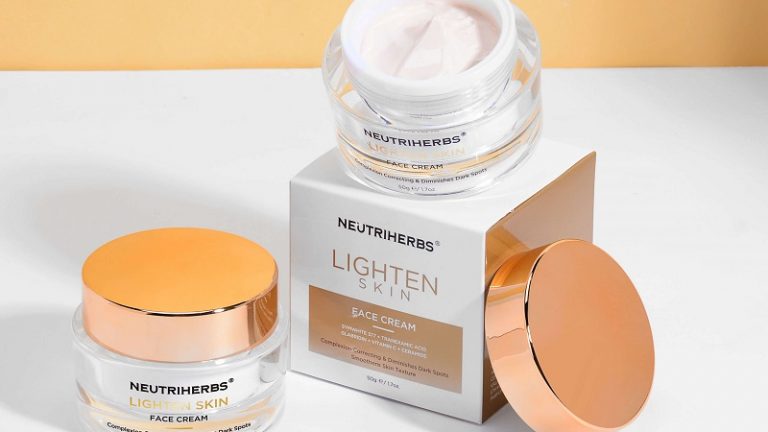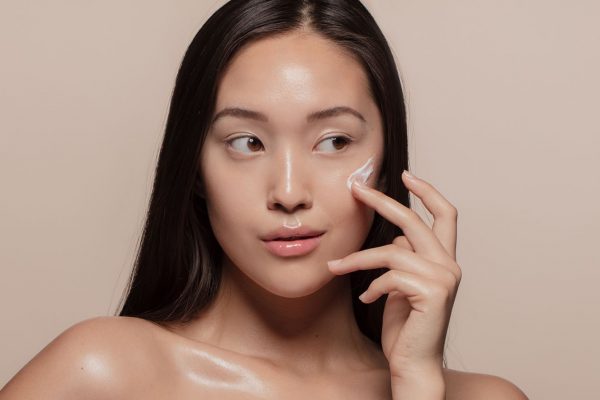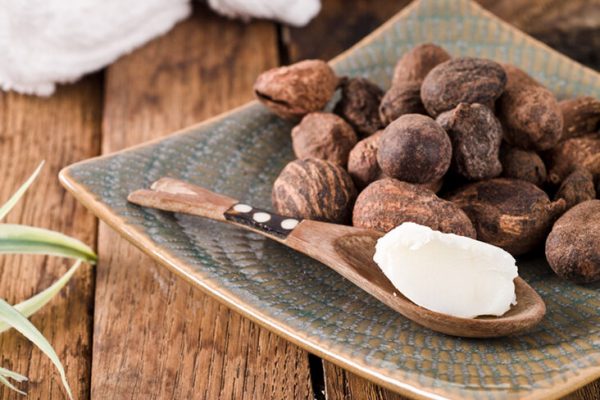A kind of hyperpigmentation that really can affect the face and body is post-inflammatory hyperpigmentation, also referred to as hyperpigmentation brought on by inflammation. It typically happens in response to damage or inflammatory conditions (such as acne, atopic dermatitis, or psoriasis)
Post-inflammatory hyperpigmentation symptoms, causes, and available treatment. When externally or internally stimuli enhance melanin production, hyperpigmentation results. Skin colour changes as a result, more commonly in places exposed to the sun. In addition to melasma and pigment spots (such as freckles and age spots), hyperpigmentation also includes post-inflammatory hyperpigmentation (PIH).
Flat, coloured patches are the hallmark of post-inflammatory hyperpigmentation. Laser treatment removes dark spots and skin cells, however, it also causes irritation and inflammation as side effects. Based on the skin tone and degree of colour change, these molecules can range in colour from pink to red, brown, or black. They may resemble tiny, discoloured freckles or larger, darker areas of skin; they may also be brilliant or take on a “new skin” appearance.
People who have acne are frequently affected by PIH, which can occasionally be brought on by aesthetic procedures like laser therapy, chemical peels, or dermabrasion. Post-inflammatory hyperpigmentation can affect all skin types, however, it is more common in darker skin tones. Darker-skinned patients visit the dermatologist more frequently for PIH than for any procedure. Equally susceptible to post-inflammatory hyperpigmentation are males and women.
To rule out a malignant process, a dermatologist should be called if a pigmentary spot changes in size, shape, colour, or itchiness, or if it bleeds or itches.
What leads to hyperpigmentation after an inflammation?
The melanocytes, the cells that produce melanin, release an excessive amount of melanosomes when an injury, rash, blemish, or any other form of stimulus produces skin inflammation (pigment granules). Tyrosinase, a pigmentation enzyme that starts the formation of melanin, is present in these melanosomes, which also synthesise melanin. This is what gives the skin and hair their colours. Excessive pigment granules persist in the area that was previously wounded long after the initial injury has healed. They darken the area and change its colour.
Tyrosinase is the enzyme that produces melanin; black spots develop when melanin production is not suppressed. It is advised against squeezing pimples because this may increase the risk of post-inflammatory hyperpigmentation.
The signs of hyperpigmentation can be brought on and made worse by the sun. Due to an inflamed acne lesion, a post-inflammatory hyperpigmentation blemish frequently remains unnoticed.
IPH patches might develop on top of more severe lesions from absolutely unimportant papules or pimples. That is, the PIH spot will be more noticeable in terms of size and colour the more severe the inflammation. The likelihood of post-inflammatory hyperpigmentation will increase if a pimple is crushed or pierced.
The sun can exacerbate the symptoms, deepening the affected pimples and lengthening the time it takes for them to go away, even though it is not a trigger of PIH.
Post-inflammatory hyperpigmentation doesn’t leave scars and becomes better on its own with time. Although recovery timeframes vary, on average the darker patches can disappear between 3 and 24 months. This time may, however, be extended in some circumstances. The length of time it takes for the tones to rebalance depends on how much the natural skin tone and the darkened marks differ in tone. The greater the difference, the darker the marks are. Some treatments can enhance and shorten this recuperation period.



